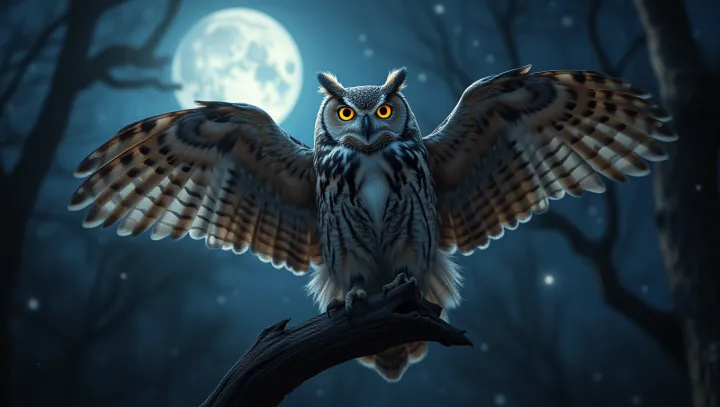Owl's Superior Vision: Nature's Perfect Nightwatch

In the heart of Oregon's dense forests, researchers are delving into the remarkable nocturnal capabilities of owls. These birds of prey, already celebrated for their silent flight and acute hearing, have become subjects of intense scientific scrutiny focusing on their unparalleled eyesight. Recent studies reveal that owls possess an extraordinary ability to see in near-total darkness, a feature critical to their survival and hunting efficiency.
The unique anatomical structure of their eyes, equipped with an abundance of rod cells, allows them to capture minimal light and distinguish prey even on the blackest nights. Dr. Naomi Clark, an expert in avian physiology, remarked, 'Understanding how owls achieve such clarity at night could lead to breakthroughs in enhancing human vision devices.' This potential for bio-inspired innovations has stirred interest across optical technology fields.
The implications of this research extend beyond biology, suggesting new paradigms in the development of night-vision equipment and augmented reality applications. By mimicking the owl's eye composition and configuration, we can aspire to create more efficient low-light enhancement tools for human use. As these studies progress, they underscore the intricate balance of nature's design, offering profound insights into how evolution has refined such specialized skills in owls.
In doing so, they provide a window into a world of possibilities in the realm of human technology.
